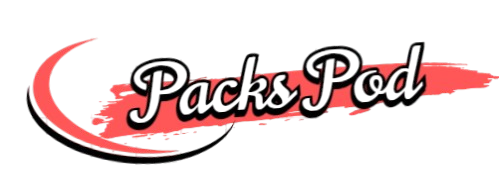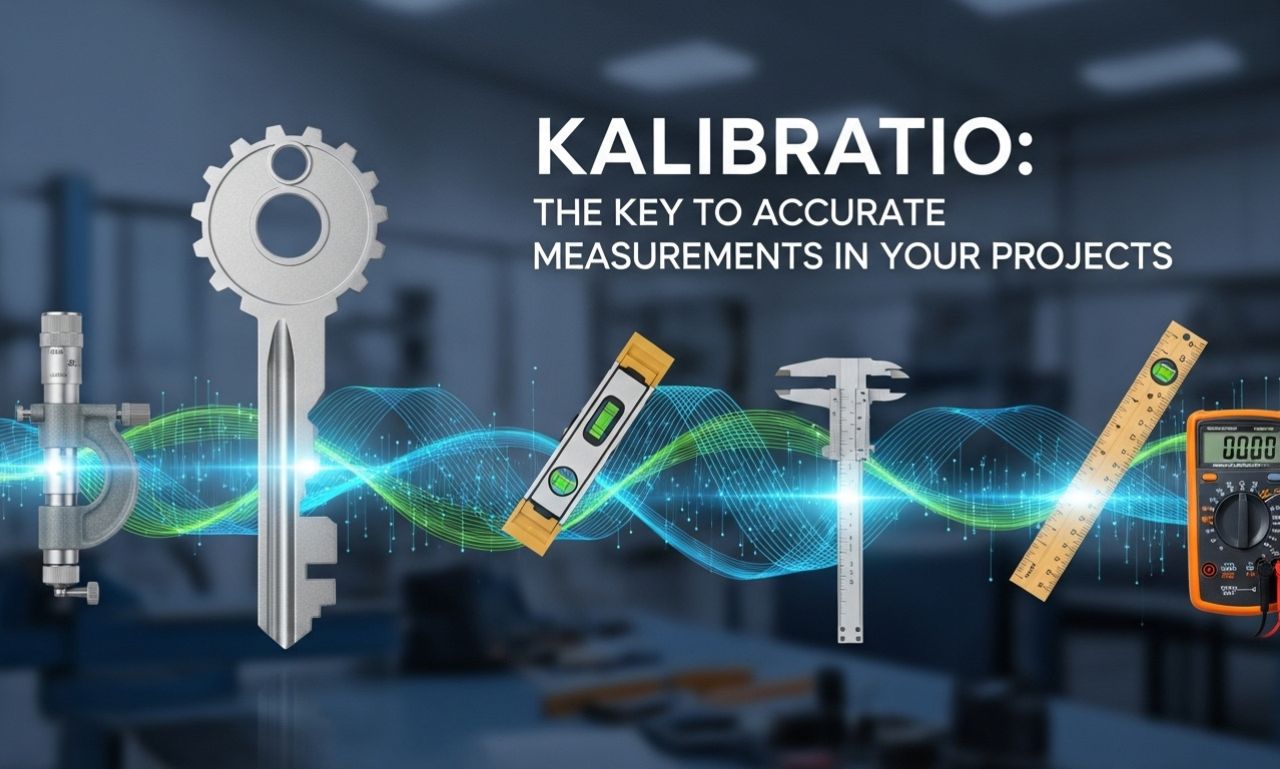Accurate measurements are the backbone of any successful project. Whether you’re in engineering, construction, or scientific research, precision is non-negotiable. This is where kalibraatio steps into the spotlight. Imagine embarking on a journey without a reliable map—it’s easy to get lost along the way. Kalibraatio ensures that your tools and instruments provide trustworthy data so you can navigate with confidence.
In this digital age, where every detail matters more than ever, understanding kalibraatio becomes essential for professionals across various fields. Let’s explore what kalibraatio truly means and why it holds such significance in achieving accurate results for your projects.
What is Kalibraatio?
Kalibraatio, or calibration, is a critical process in ensuring the accuracy of measurements across various fields. It involves comparing the output of a measuring instrument to a known standard. This comparison helps identify any discrepancies and allows for necessary adjustments.
The essence of kalibraatio lies in its ability to maintain consistency and reliability. Whether it’s in manufacturing, laboratory settings, or engineering projects, precise measurements are essential for achieving desired outcomes.
Instruments such as scales, gauges, and sensors require regular calibration to function correctly. Without it, even minor errors can lead to significant issues down the line.
Understanding kalibraatio means recognizing its role in maintaining quality control. It’s not just about numbers; it’s about trustworthiness in results that influence decisions and actions within your projects.
The Importance of Accurate Measurements in Projects
Accurate measurements are the backbone of any successful project. They ensure that every element fits together seamlessly, whether in construction, manufacturing, or scientific research.
When measurements are precise, it minimizes errors and reduces waste. Projects can stay within budget and timelines when teams work with reliable data. Conversely, inaccuracies can lead to costly mistakes that compromise quality.
In fields like engineering or laboratory work, even small discrepancies matter significantly. A slight miscalculation may lead to structural failures or flawed experiments.
Moreover, accurate measurements foster trust among team members and stakeholders. Reliable data allows for informed decisions and enhances collaboration across departments. Precision in measurement is not just a technical requirement; it’s a critical factor that influences the overall success of a project from start to finish.
Types of Calibration Methods
Calibration methods vary widely, tailored to different instruments and applications. One common approach is the comparison method, where a device’s measurement is compared against a standard reference. This ensures that readings are accurate and consistent.
Another type is the adjustment method. Here, devices are fine-tuned based on their performance data. This can involve tweaking settings or replacing components to align measurements with standards.
The third category includes self-calibration techniques. Some sophisticated equipment has built-in calibration features that allow users to perform adjustments automatically.
We have external calibration services performed by specialized companies. They bring expertise and precision tools for in-depth analysis and verification of your instruments’ accuracy.
Each method serves its purpose, depending on the specific needs of your project or industry.
Benefits of Using Kalibraatio
Kalibraatio offers numerous advantages that can significantly enhance your projects. First and foremost, it ensures precision in measurements. When instruments are properly calibrated, the likelihood of errors diminishes.
Another benefit is consistency across all phases of a project. With reliable data, teams can make informed decisions confidently. This leads to smoother workflows and fewer disruptions.
Cost savings also emerge from effective kalibraatio practices. By avoiding costly mistakes due to inaccurate readings, you protect your budget while maximizing resources.
Moreover, compliance becomes easier with accurate calibration methods in place. Many industries have strict regulations regarding measurement standards; adhering to these enhances credibility and trustworthiness.
Implementing a robust calibration system fosters continuous improvement within teams. It encourages regular reviews and updates of processes, leading to an overall boost in performance quality over time.
Common Challenges and Solutions in Calibration
Calibration can present various challenges that may hinder project success. One common issue is equipment drift, where instruments gradually lose accuracy over time. Regularly scheduled checks and maintenance can mitigate this risk effectively.
Another challenge is environmental factors, such as temperature fluctuations or humidity levels. These variables can impact measurement precision. Utilizing controlled environments or specialized calibration chambers helps maintain consistent conditions.
Human error also plays a role in calibration inaccuracies. It’s crucial to provide proper training for personnel involved in the process. Implementing standard operating procedures ensures everyone follows best practices.
Budget constraints often limit access to high-quality calibration services or tools. Exploring partnerships with reliable service providers can alleviate financial pressure while ensuring accurate results. Investing in quality resources pays off through improved project outcomes and efficiency later on.
Implementing a Successful Calibration Process
Implementing a successful calibration process starts with defining clear objectives. Understanding what you want to achieve allows for focused efforts and targeted outcomes.
Next, gather the right tools and resources. This includes both equipment and skilled personnel who understand the specifics of your project. Proper training is crucial; every team member should know their role in the calibration process.
Documenting each step ensures consistency over time. Create standard operating procedures that everyone can follow easily. Regular audits will help maintain standards and identify areas for improvement.
Don’t underestimate communication within your team. Open dialogue fosters collaboration, making it easier to troubleshoot issues as they arise.
Consider feedback loops after each calibration cycle. Learning from past experiences leads to continuous enhancement of processes, ultimately driving accuracy in measurements across projects.
How Kalibraatio Can Improve Your Project’s Accuracy and Efficiency
Kalibraatio plays a pivotal role in enhancing the precision of your projects. When instruments are calibrated correctly, they yield reliable data that can significantly influence decision-making processes. This accuracy minimizes errors and reduces the risk of costly rework.
Moreover, effective kalibraatio streamlines workflows. With tools operating at their optimal performance, teams can focus on creativity rather than troubleshooting inaccuracies.
Time is saved when measurements align perfectly with specifications. Projects move forward smoothly without delays caused by measurement discrepancies.
In addition to improving efficiency, well-calibrated equipment fosters confidence among team members and stakeholders alike. Trust in the data promotes better collaboration and communication throughout project phases.
Investing time and resources into kalibraatio pays dividends through both enhanced outcomes and increased productivity across all stages of your project.
Conclusion
Kalibraatio plays a crucial role in ensuring accurate measurements across various projects. Without precise calibration, the integrity of your data and outcomes can be compromised. By understanding what kalibraatio entails and its importance, you equip yourself with the knowledge to enhance your project’s accuracy.
Employing different calibration methods tailored to your specific needs can help overcome common challenges. Implementing a robust calibration process not only streamlines operations but also boosts overall efficiency. As organizations strive for excellence, investing in kalibraatio becomes indispensable.
With accuracy at stake, embracing effective calibration practices positions you for success in any project endeavor. The pursuit of precision through kalibraatio ultimately leads to better results and improved project outcomes.

